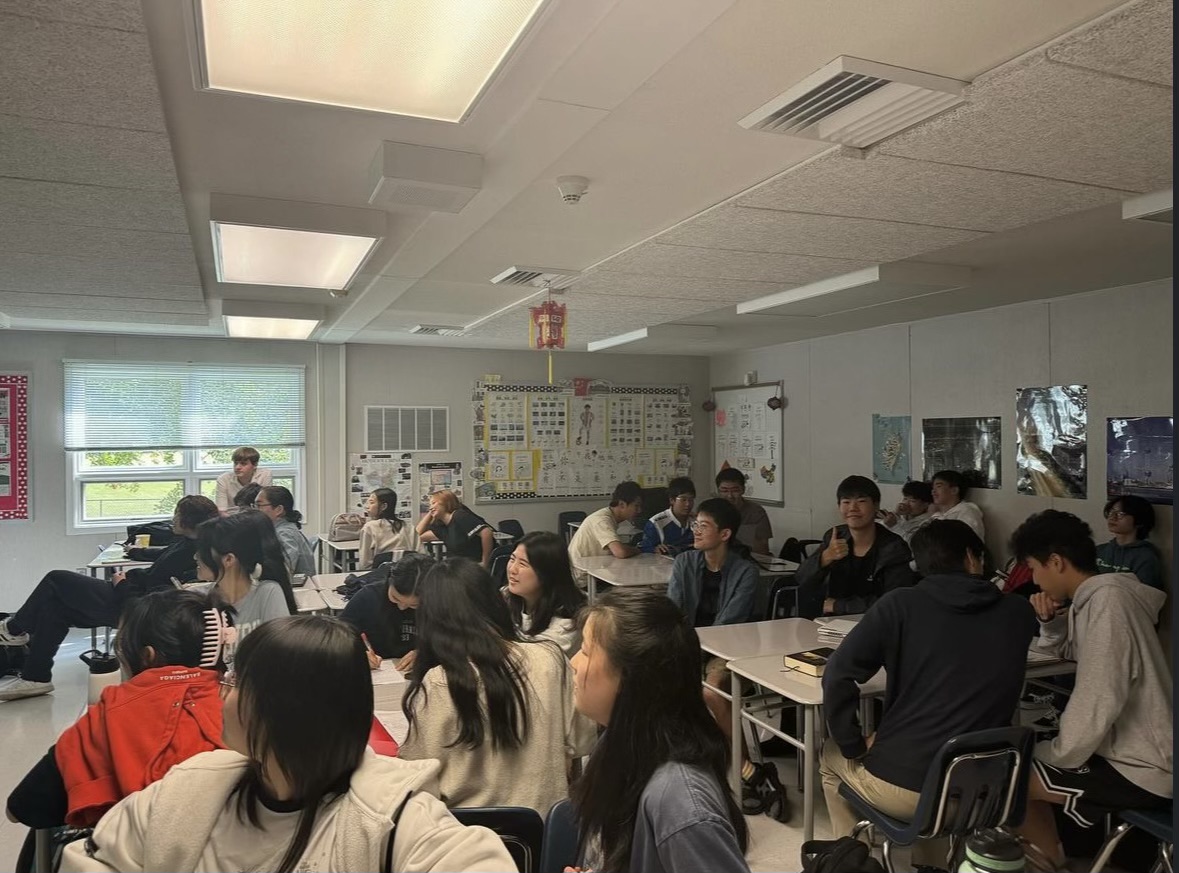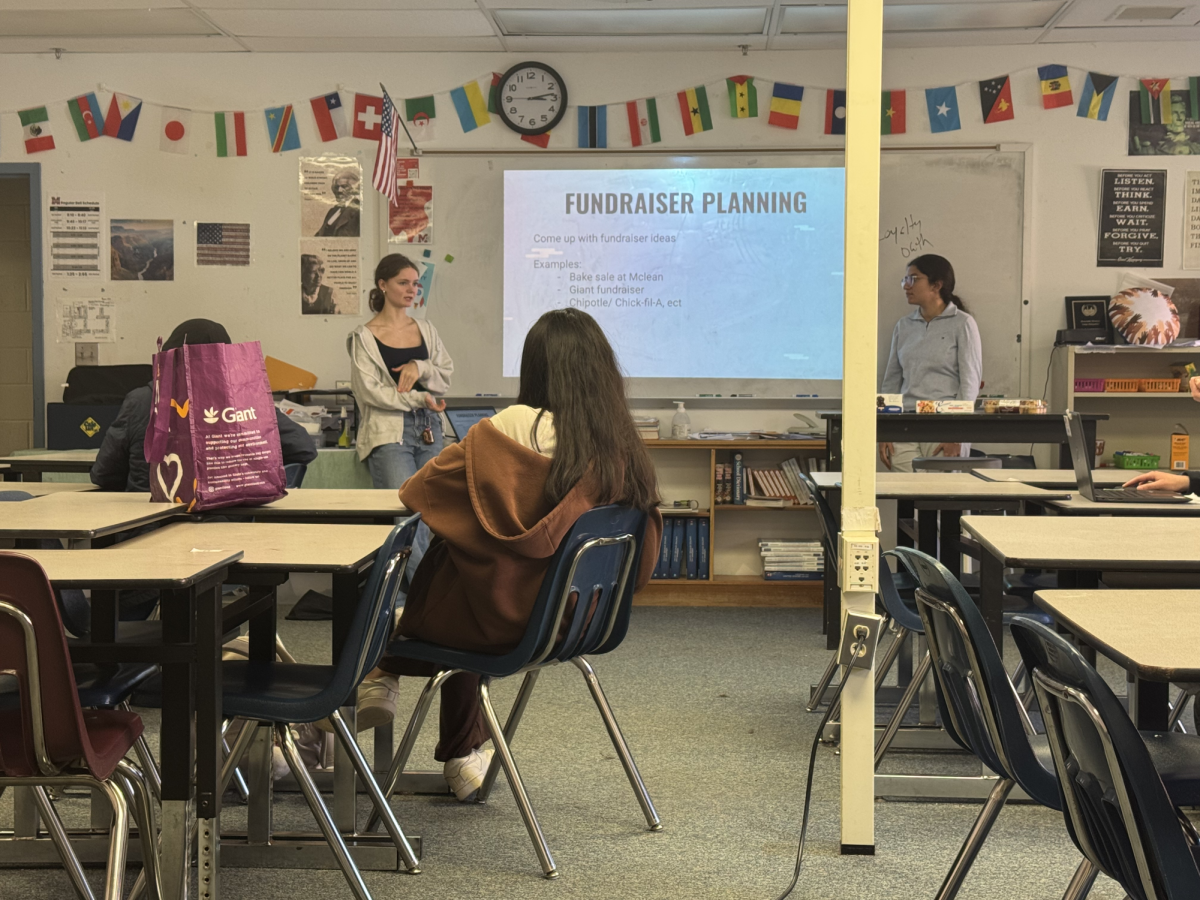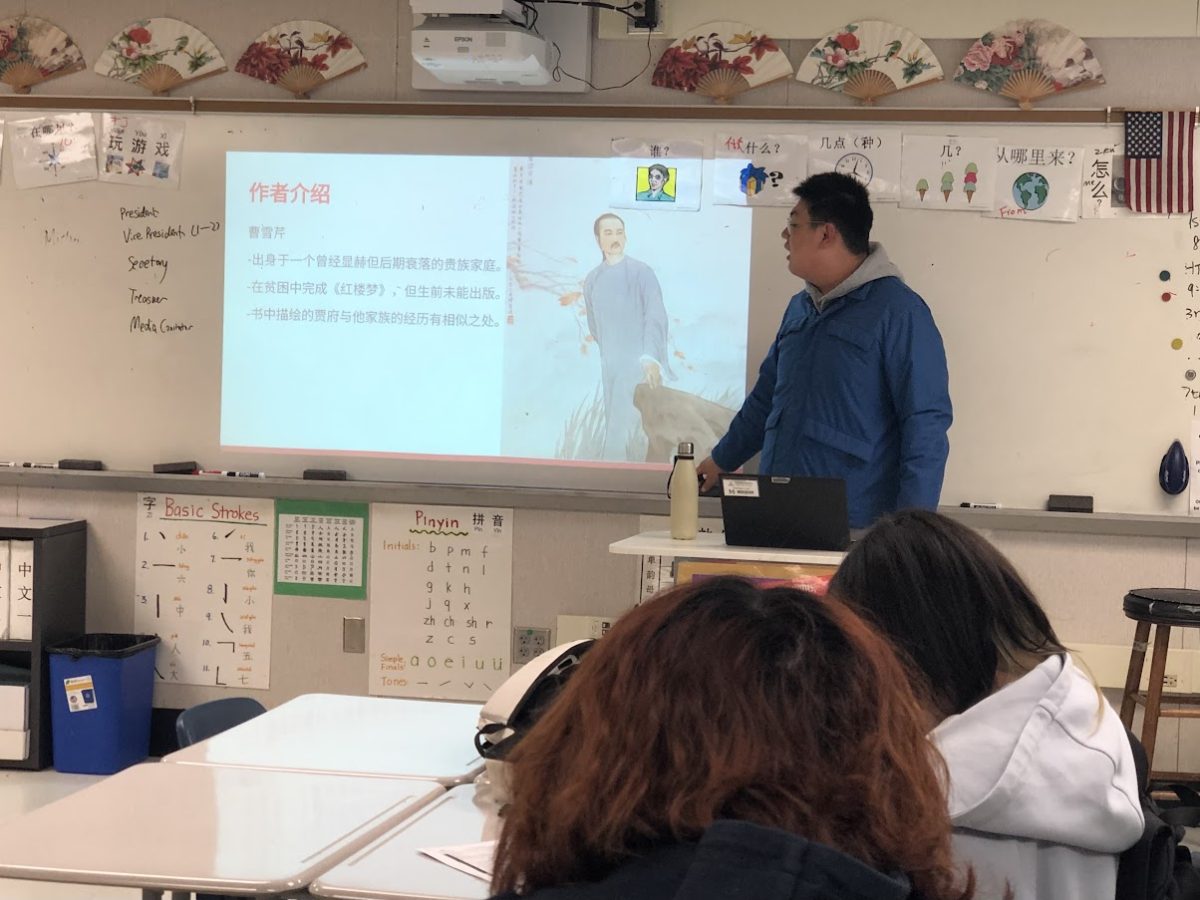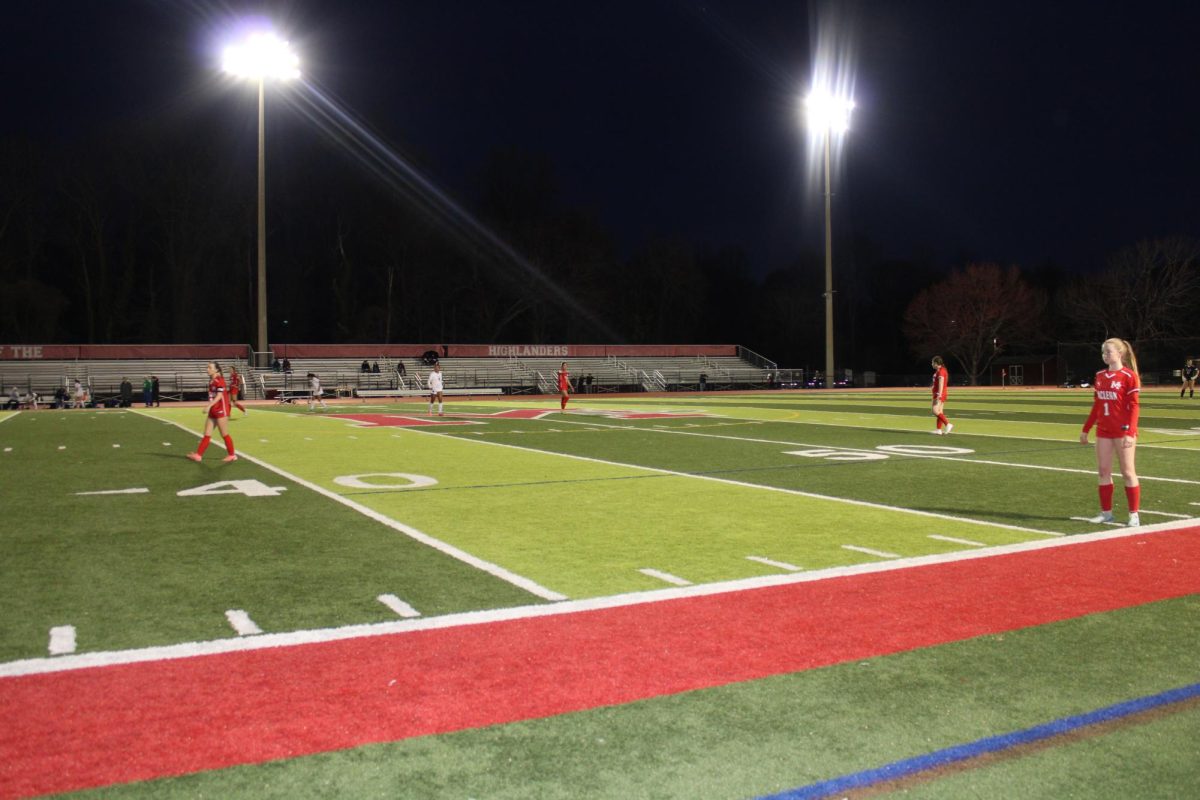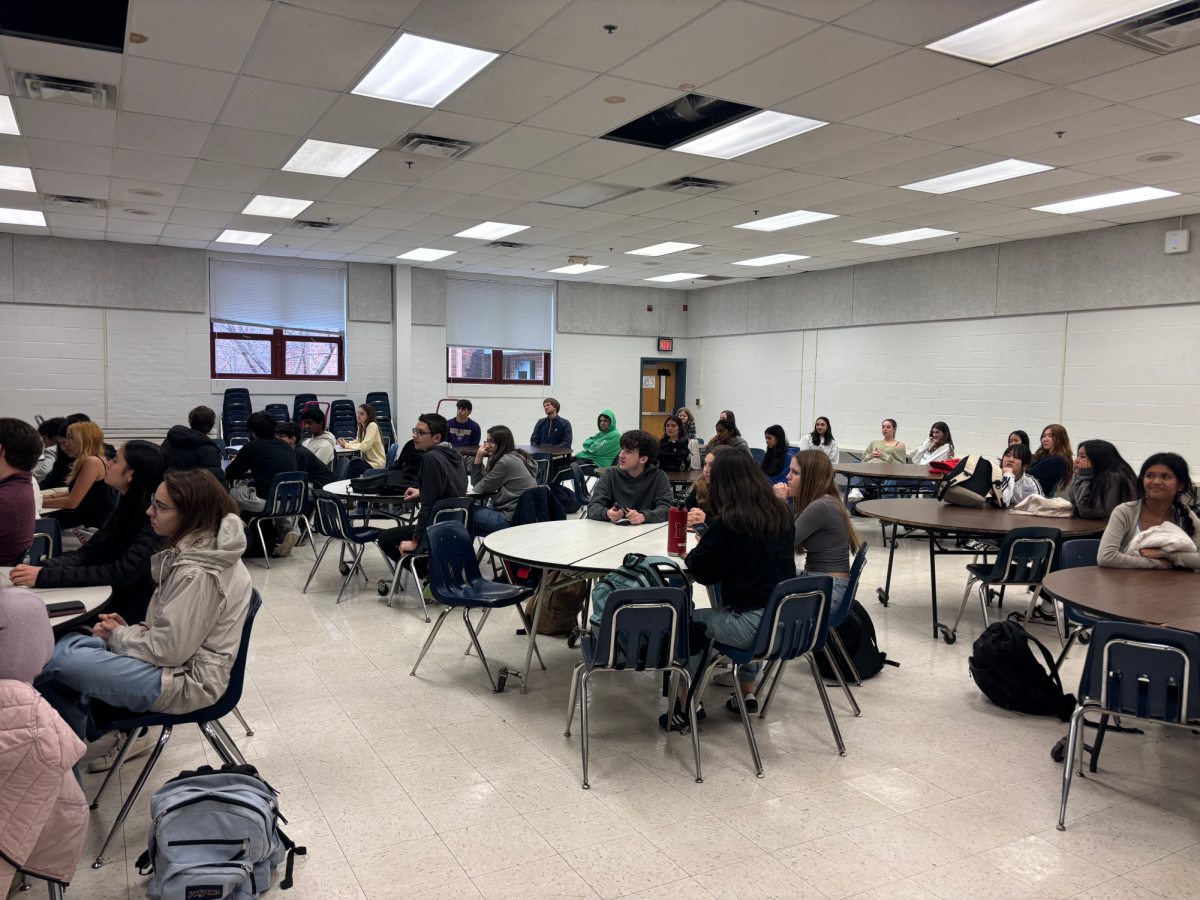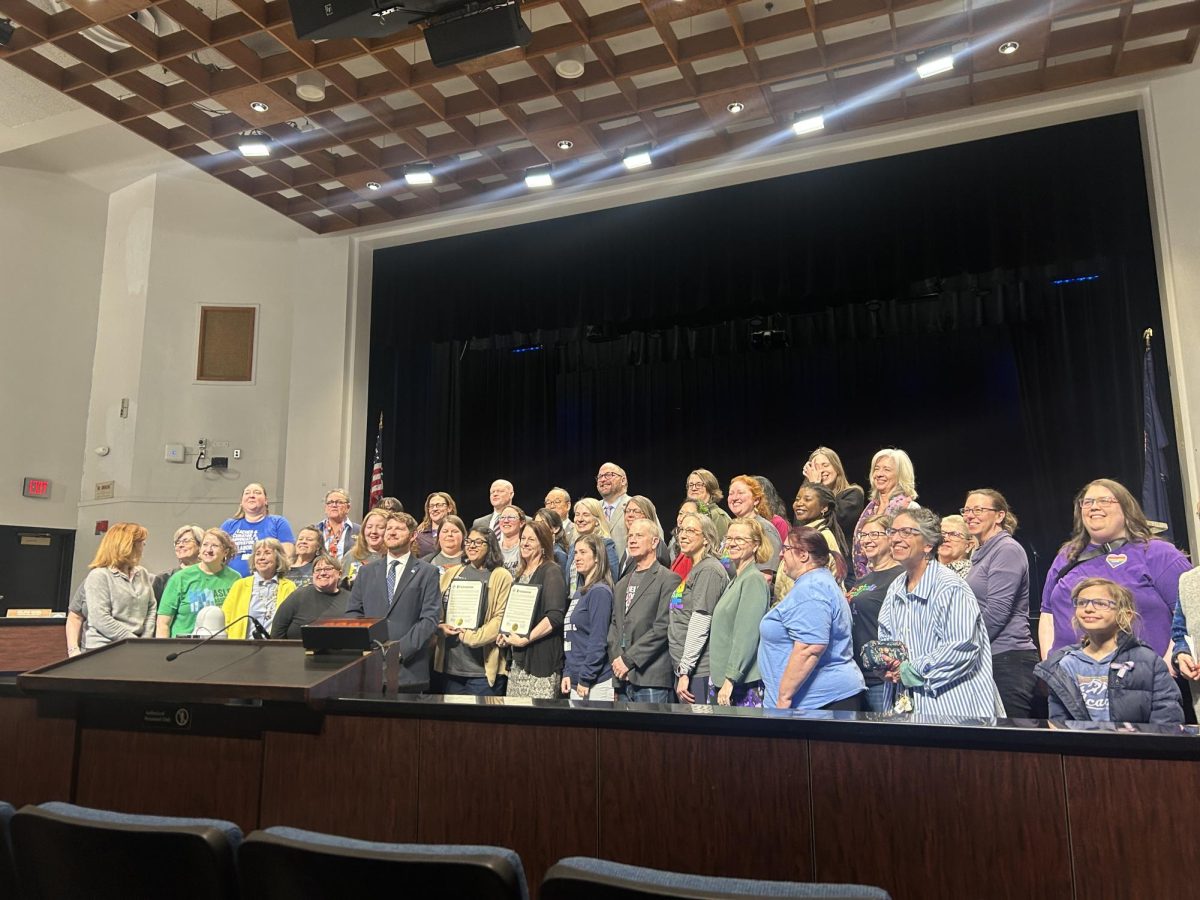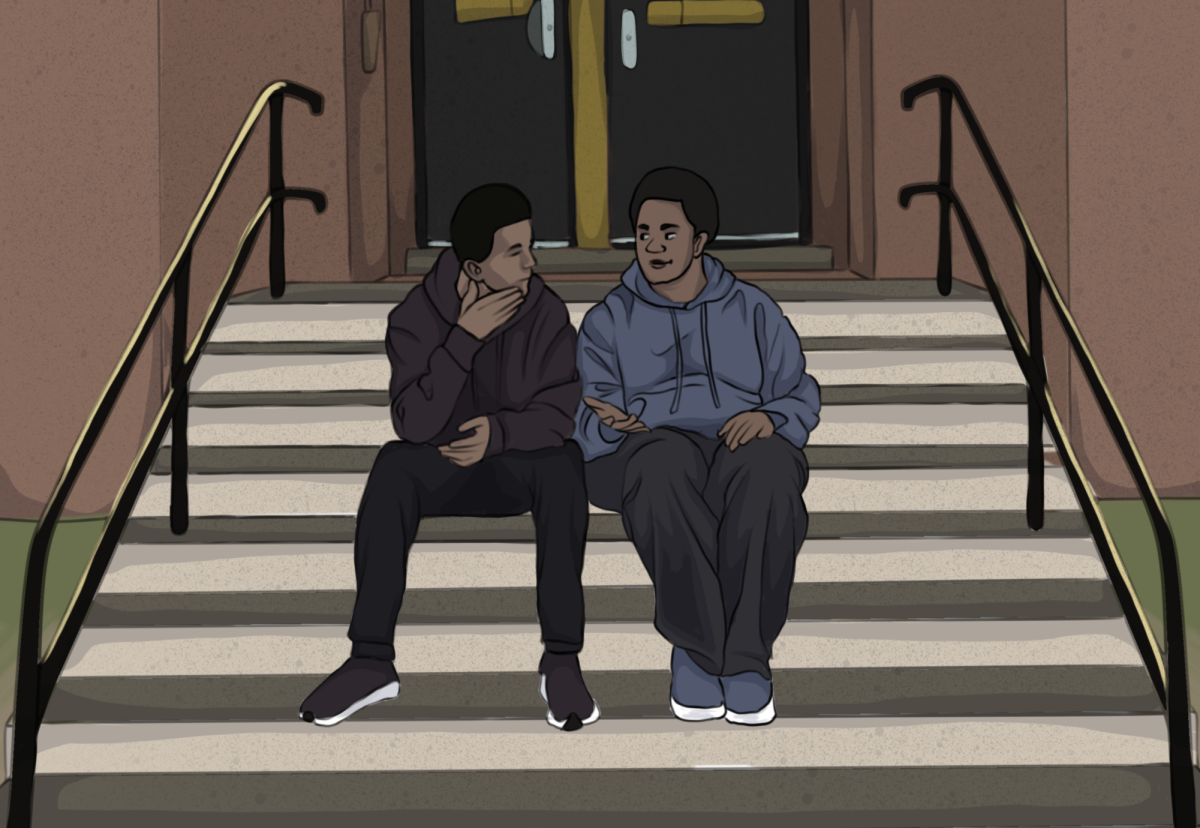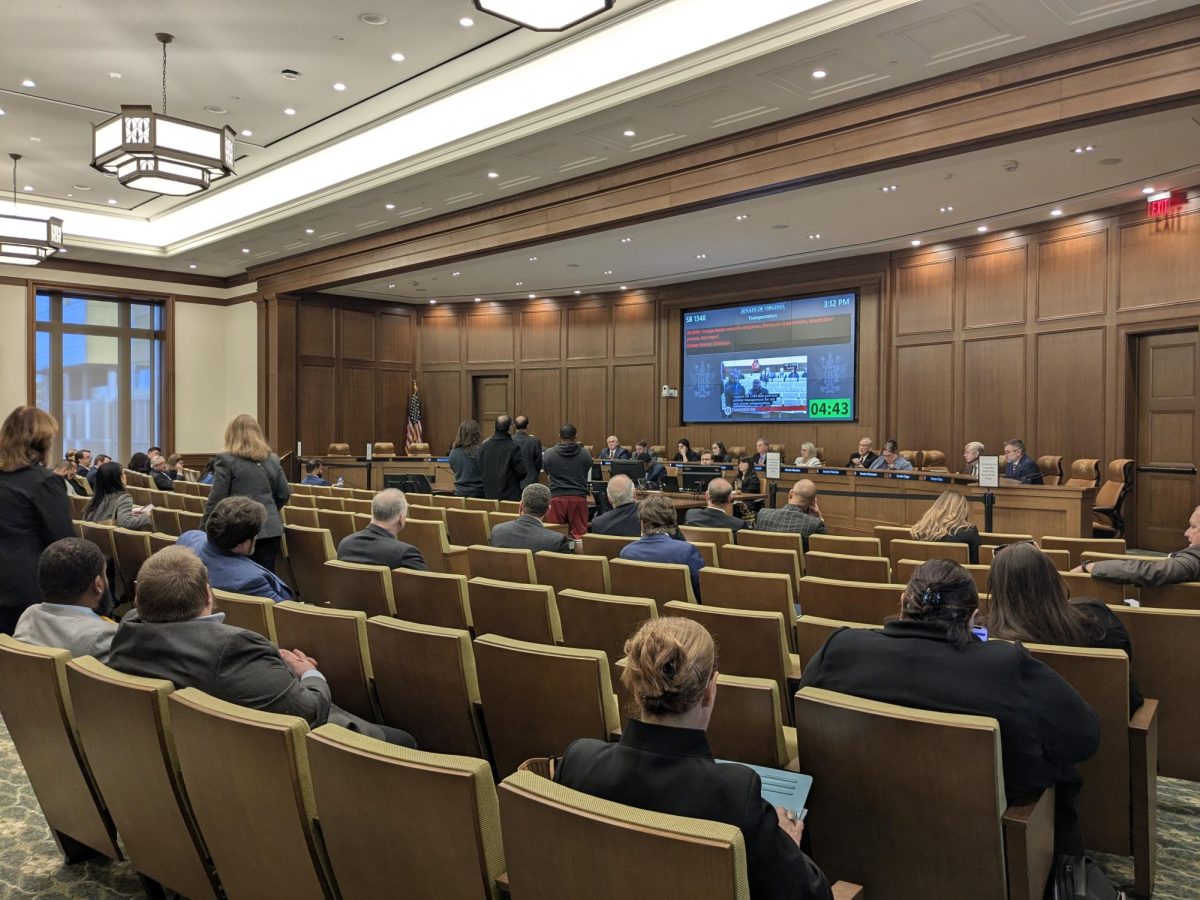Established last year, the Chinese club has been a popular place that native Chinese students gravitate towards. McLean’s Chinese population has been growing and the Chinese club—whose meeting is typically held every other week on Thursday in MOD 3—has been popular with these new students.
“From my point of view, [the native Chinese population] has definitely been increasing,” said Chengbo Kan, president of the Chinese club . I am shocked by how many Chinese students [are] studying abroad from China. I expect around 3 to 4 new faces each year.”
Members have found that they share similarities and that they can communicate with ease. These commonalities have been the basis of many new relationships.
“I became friends with those Chinese people, and they will introduce new friends to me, like people from Korea, or Americans,” sophomore Lexin Zhu said. “In this way, I actually made more and more friends.”
Apart from friendships, the Chinese club has fostered a sense of community.
“They flutter together, we say 物以类聚(translates to “birds of the same feather flock together”),” said Chinese teacher and club sponsor Kuan-Chen Pearson.
During meetings, the club hosts various presentations showcasing Chinese culture. They also play different games that make those that have come from China reconnect with their roots. The club, the atmosphere and the activities have caused some club members to fall into nostalgia.
“[I miss home] a little bit, because there’s still differences between places in China versus the Chinese Club,” Zhu said. “But I think the Chinese Club tries their best to make it feel like home.”
A place where new friendships and community forms, the club has been effective with helping Chinese students from abroad with the transition into a completely foreign environment.
“The Chinese Club serves a purpose for Chinese students who are struggling to find a [sense of] belonging, because it’s a new culture for them, a new environment,” Kan said. “It serves as [a place where] they can find people who share the same culture and language.”


